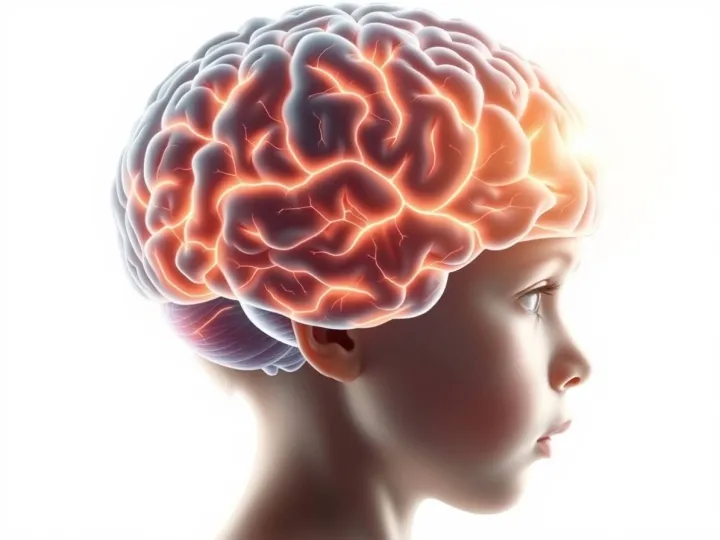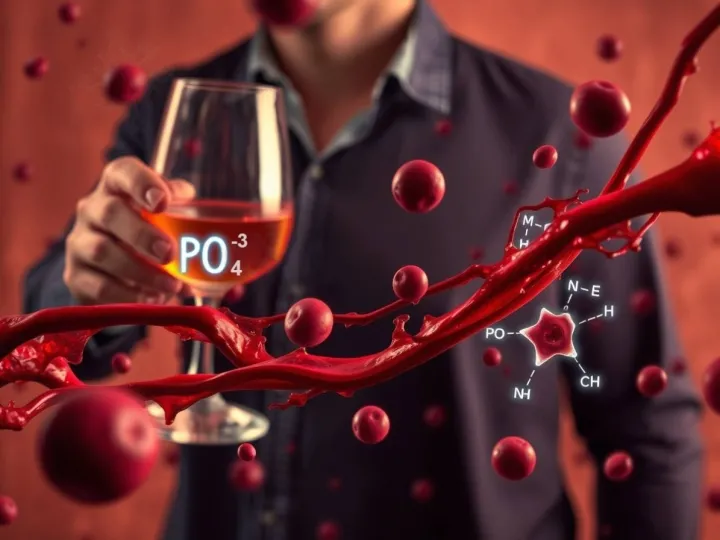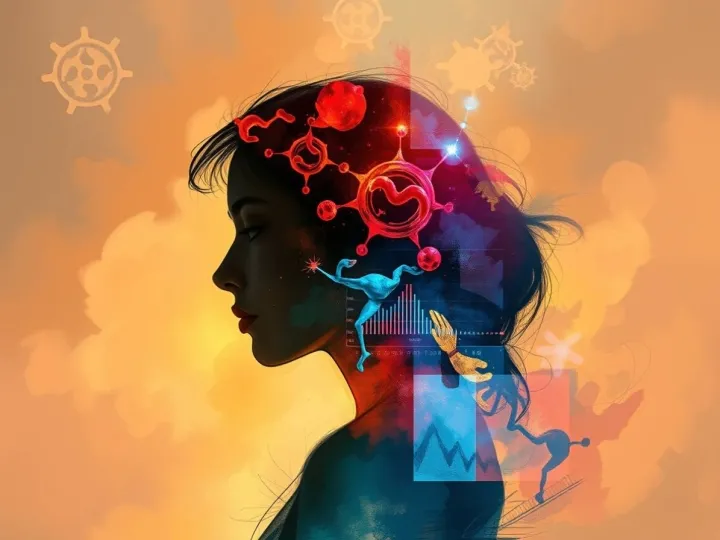Cannabis and tobacco are frequently used together, whether in mixed joints, blunts, or through alternating smoking and vaping. Although cannabis research has grown rapidly, far less is known about how tobacco influences the brain of someone who regularly uses both substances. A new preliminary study provides early evidence that the combination may significantly alter the brain's natural calming system, suggesting a biological explanation for why co-users often experience more severe symptoms, withdrawal, and mental health complications than cannabis-only users.
The research, led by Rachel A. Rabin and colleagues, examined a part of the brain's chemical signaling network called the endocannabinoid system. This system regulates mood, stress responses, and emotional steadiness through naturally occurring molecules such as anandamide. Anandamide supports feelings of calm and resilience, but its levels are tightly controlled by an enzyme called fatty acid amide hydrolase (FAAH), which breaks it down. Higher FAAH levels mean anandamide is cleared more quickly, potentially reducing the brain's ability to maintain emotional balance.
Previous studies have already shown that heavy cannabis use and chronic tobacco use independently affect this system. Frequent cannabis users display temporary reductions in CB1 receptors, while tobacco smokers show altered cannabinoid signaling and lower anandamide levels. Yet the combined effect of both substances has been largely unexplored. Because up to 80 percent of cannabis users also use tobacco in some form, understanding this interaction is becoming increasingly important.
To investigate, the researchers used a specialized PET radiotracer called [11C]CURB, one of the most advanced tools available to quantify FAAH levels in living human brains. Thirteen regular cannabis users, all young adults, were recruited and divided into two groups: eight who used cannabis but not tobacco, and five who used both daily. All participants had similar cannabis use histories, ages, and demographic backgrounds, allowing the team to focus on tobacco's added impact.
During the imaging sessions, the scientists measured FAAH in several regions important for movement, emotion, habit formation, and cognitive coordination. These included the prefrontal cortex, cerebellum, sensorimotor striatum, thalamus, hippocampus, and substantia nigra. After accounting for sex and genetic differences that affect FAAH expression, a clear pattern emerged: FAAH levels were higher in every measured region among people who used tobacco with cannabis.
The most pronounced differences appeared in the substantia nigra and cerebellum, areas involved in reward, motivation, and sensorimotor integration. Elevations in these regions were not subtle - the effect sizes were large, suggesting robust biochemical changes despite the small sample size. A trend toward higher FAAH also appeared in the sensorimotor striatum, a region critical for habit formation and compulsive behaviors.
Importantly, tobacco use - not cannabis exposure - appeared to drive these increases. When the researchers examined whether FAAH levels tracked with the amount of cannabis consumed, no meaningful relationship emerged. But FAAH levels in the cerebellum strongly correlated with cigarettes per day, and the substantia nigra showed a similar trend. This indicates that even moderate daily cigarette use may shift endocannabinoid signaling in the brain of someone who also uses cannabis.
These findings are particularly relevant because higher FAAH levels have been linked in other studies to greater anxiety, more severe withdrawal symptoms, increased risk of cannabis dependence, and worse emotional outcomes. That means FAAH may act as a biological bridge between tobacco use and the intensified symptoms often seen in co-users - including stronger cravings, more negative mood states, and greater difficulty cutting back or quitting.
The study also highlights how tobacco may alter the way cannabis affects the brain. Both nicotine and cannabinoids act on networks that interact closely with each other. Nicotine can modulate the activity of cannabinoid receptors, while cannabis can influence acetylcholine pathways involved in nicotine reinforcement. These overlapping signaling systems may magnify each other's effects, potentially increasing FAAH activity beyond what either substance would produce alone.
Although the dataset is small, the results align with broader patterns in clinical research. People who use both substances consistently show higher rates of mood symptoms, more intense withdrawal discomfort, and greater difficulty stopping use. If FAAH is part of the mechanism, future treatments aimed at regulating endocannabinoid function may offer a new therapeutic angle for individuals struggling with co-use.
The researchers emphasize several limitations. The sample size was small, participants used tobacco freely before scanning, and the study lacked comparison groups for tobacco-only use and non-users. As a result, larger and more controlled studies are needed to confirm whether the effect arises from tobacco alone or from interactions between the two substances. Nonetheless, the work provides an important starting point for identifying brain-level mechanisms that may underlie a well-documented clinical pattern.
Through the lens of Seven Reflections' Dimensional Systems Architecture (DSA), the study illustrates how two behavioral inputs - cannabis and tobacco - can interact to reshape a shared regulatory field. FAAH acts as part of a stability mechanism that keeps emotional and cognitive states within a manageable range. When its activity is elevated, the system's regulatory bandwidth narrows, reducing resilience and increasing susceptibility to stress and behavioral dysregulation. The findings highlight how external substances can shift an internal balancing system, offering a structural view of why co-use produces more challenging outcomes than either substance alone.
As cannabis use continues to rise, especially among young adults, understanding how tobacco shapes its neurological effects will become increasingly important. This early imaging evidence suggests that the combination may affect the brain in ways that neither substance does alone, emphasizing the need for further research and more tailored public health guidance.






